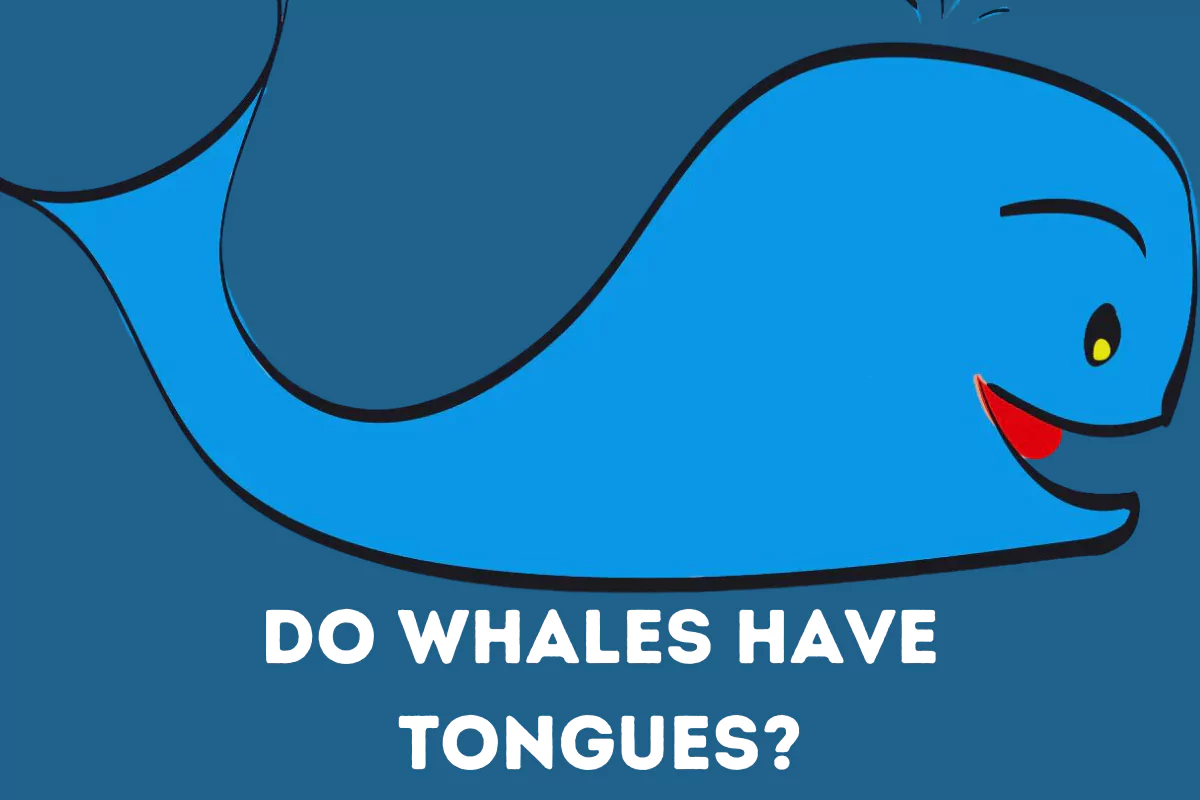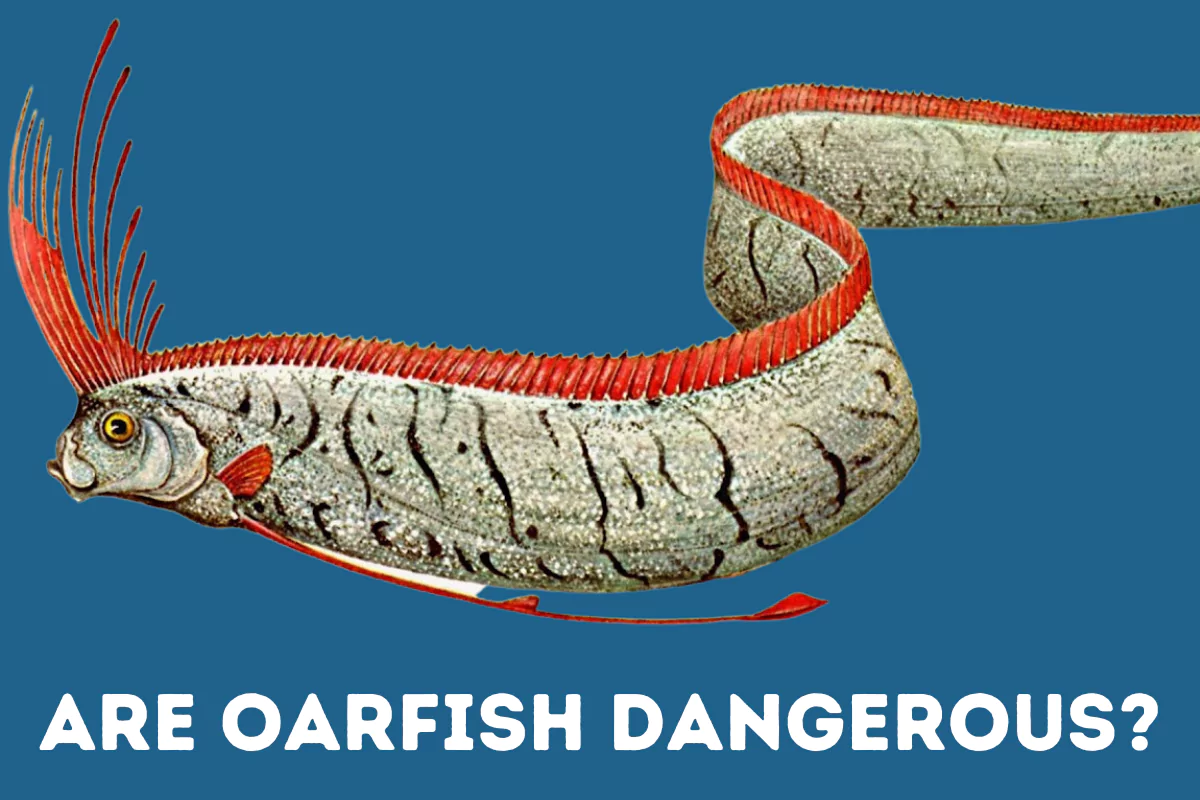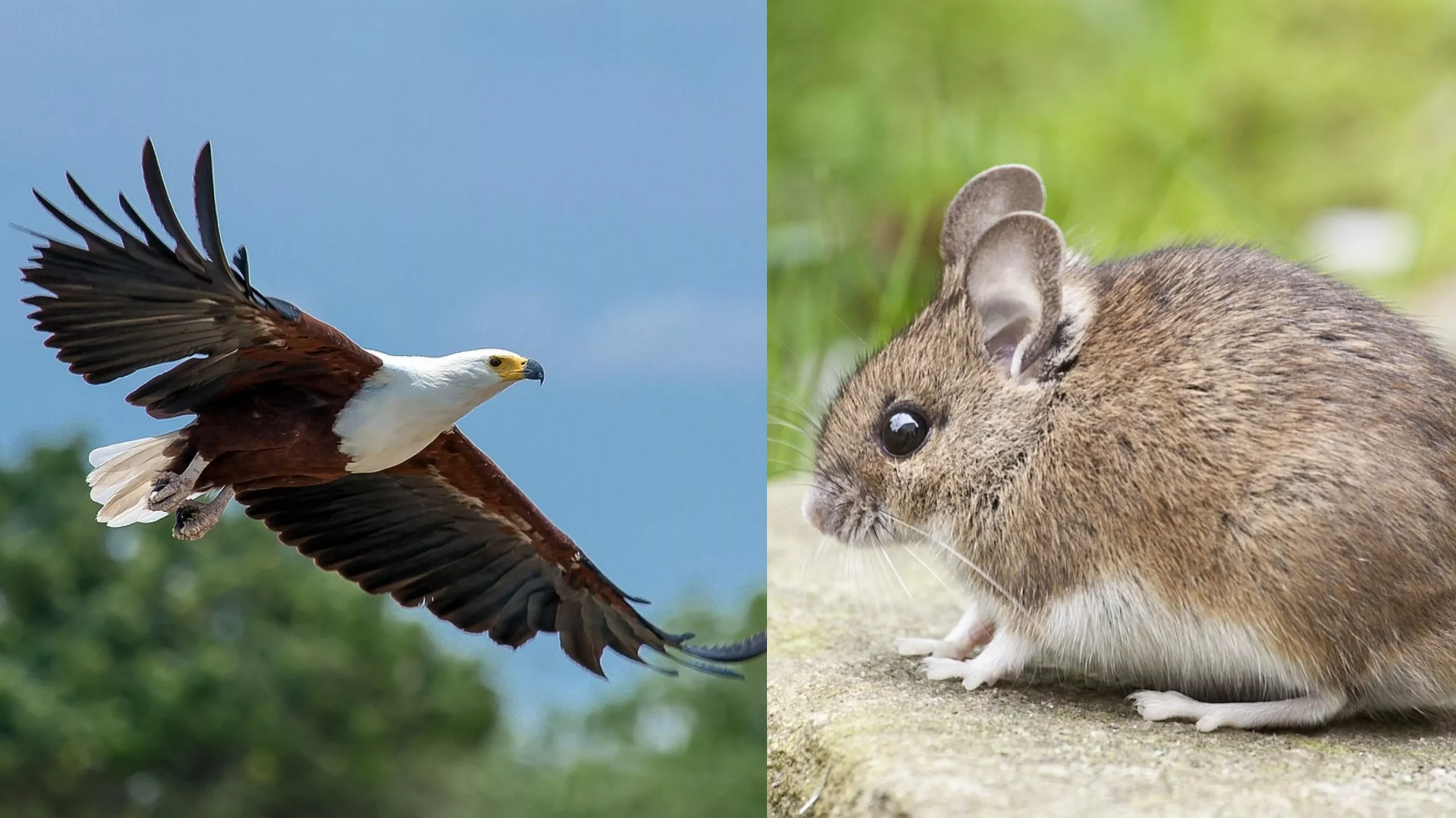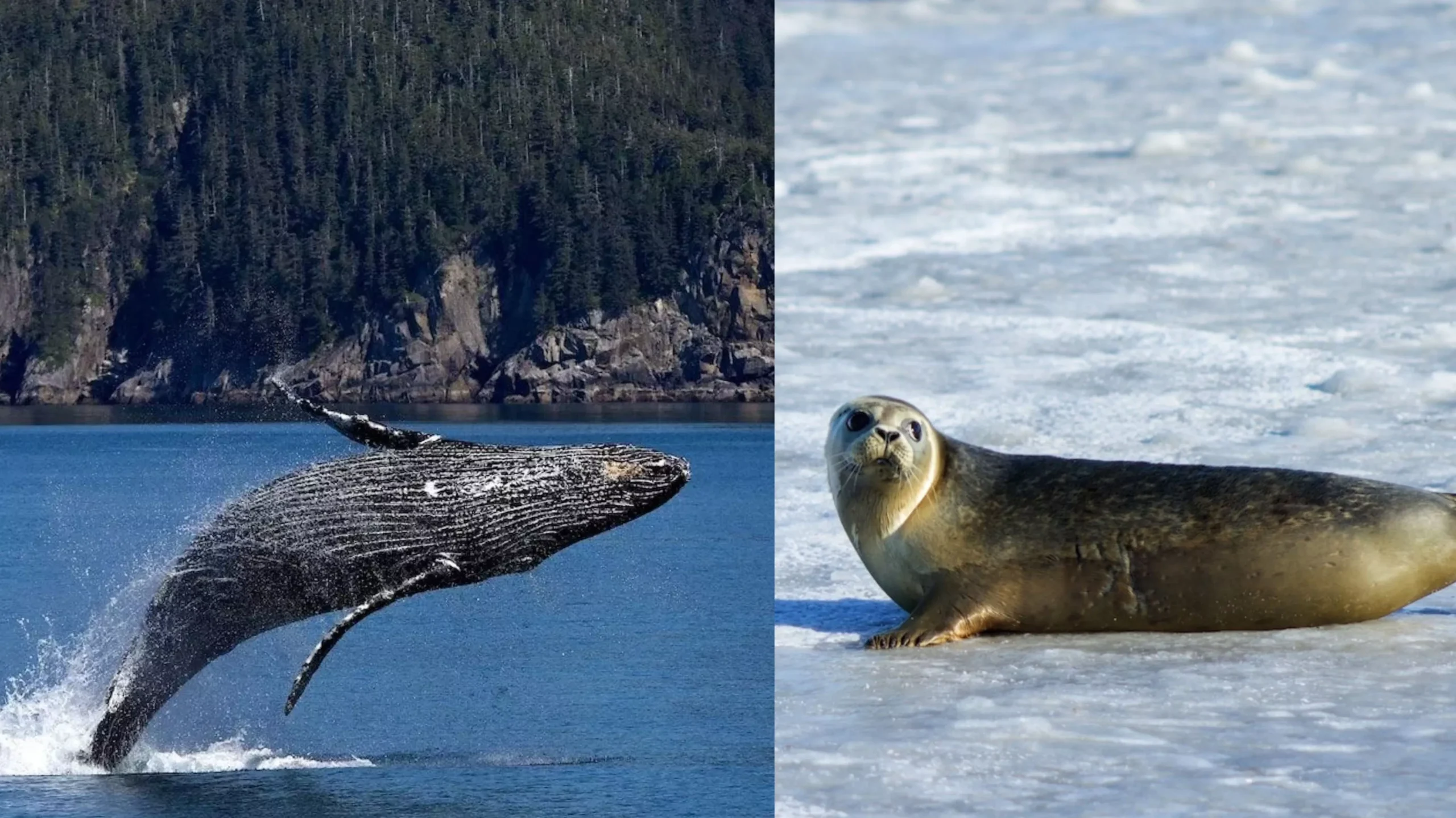Whales are known for their majestic presence in the oceans and unique characteristics. They have captivated our minds with their sheer size, grace, and mysterious behavior as they roam the depths of the ocean.
But still, many of us have less knowledge about them as they are not the animals that we regularly see. So Some people still wonder whether whales have tongues.
So, let us dive deep into the realm of cetacean biology as we unravel the mystery: do whales indeed have tongues?
Do Whales Have Tongues?
Contrary to popular belief, whales do indeed have tongues. However, their tongues are pretty different from other animals’, as whales possess large and muscular tongues that can weigh several tons in some species.
The tongue is visible in all species of cetacea, like whales, dolphins, and porpoises. These enormous tongues play an important role in helping whales swallow their prey whole by creating suction and pushing water out of their mouths.
In addition to aiding in swallowing food, a whale’s tongue also serves another crucial purpose – communication.
Whales are known for producing various sounds that can travel vast distances underwater. The complex movements of their tongues help create these unique vocalizations, allowing them to communicate with other pod members and potentially even navigate through dark waters using echolocation techniques.
How Big Is A Blue Whale’s Tongue?
The size of a whale’s tongue varies depending on the species of whale. Even how they use their tongue can also differ depending on the whale’s suborder.
Blue Whale (Balaenoptera musculus), the largest living animal in existence, has a tongue that can weigh around 6000 pounds (3 tons), almost the equivalent weight of a female African elephant or mid-sized Indian elephant. Their tongue is about 18 feet long and considered one of the largest organs in the animal kingdom.
Even though a blue whale has an enormous mouth that can hold up to 100 tons of food and water when fully expanded, the throat area (aorta) is so narrow that it is only 9 inches in diameter. So, a whale cannot consume large portions at a time.
It cannot swallow anything larger than a beach ball. So, eating a human is far from the truth. Only a sperm whale can swallow a human as it has the most significant throat of all the whale species.
Related Read: Do Whales Have Belly Buttons?
Also, blue whales don’t have teeth. They have bristly baleen plates made out of keratin (the same protein that makes up our fingernails and hair) which will help to filter, sift, sieve, or trap the whales’ favorite prey from seawater.
How Do Whales Use Their Tongues?
Though tongues play an important role for all cetaceans, it plays an essential part in the case of whales, even more for baleen whales.

Baleen Whales:
Baleen whales use a hunting technique called “filter-feeding” while capturing food. They swim toward their prey with their mouth open and swallow huge mouthfuls of water with krill or small fish. Then they use their tongue to push the water against the baleens while trapping the fish and krill inside.
Interesting Fact: Despite their size, the whale’s powerful tongue is quite flexible and can be retracted into the whale’s mouth when not needed.
Later they swallow the fish while pushing the water out of their mouths through comb-like structures attached to their upper jaws called baleen plates, which filter out the food. Their tongues are essential in this process while separating their prey from the water.
Because of this, whales can maximize their calories while minimizing their saltwater intake. As these marine mammals have a thick layer of blubber (fat), they must consume massive amounts of calories to maintain their energy and the thick layer of fat.
But during migration periods, some whale species may have to fast for several weeks and go with minimal calorie intake during the trip, so their food consumption in larger quantities when it is abundant in feeding season is essential to their survival.
So that, when they fast, they will live off the fat stores they have piled up in their blubber during feeding season.
Interesting Fact: An adult blue whale weighing around 200 tons can consume around 4 tons of krill daily.
Also Read: Do Whales Yawn?
Toothed-Whales:
Toothed whales are smaller than their baleen whale relatives and consume less food comparatively, but still, their tongue plays a crucial role in survival. However, it may not be to the same extent.
Smaller-toothed whales, such as dolphins, can consume one fish at a time by breaking their prey into smaller, manageable pieces.
As they have teeth, they use a different technique while eating, unlike giant baleen whales that swallow hundreds or thousands of fish in a single gulp along with water. So, they have to expel the excess water every time using their tongue, making the tongue a vital organ.

Whereas in the toothed whale suborder, the tongue comes secondary as they use their teeth to chew, but still, the tongue may be used to expel any excess water and tear apart the loose meat so that it can be consumed quickly.
Note: Though toothed whales possess teeth, not all chew and break apart their food; some species will swallow their prey whole. In such a case, the tongue is used to guide the food and push it to the back of the throat so that it can be swallowed.
Do All Whales Have Tongues?
Yes, all kinds of whales have tongues. In fact, all cetaceans (whales, dolphins and popoises) have tongues.
All these 3 subspecies are either part of the toothed or baleen whale suborder based on whether they are born with teeth or baleen plates.
Do Whales Taste Their Food?
There is very little information about a whale’s taste buds and whether it can taste. But in cetaceans, we can see that they prefer certain types of food over others. So it is believed that some species might be able to taste their prey.
For instance, dolphins are known to prefer some kinds of fish over others when fed at marine parks. But still, more research is needed on this subject before we assume any conclusive answer.
Even though they may not taste their food, that does not diminish the importance of their tongues, as we have already seen how they use them for survival.
Also Read: Do All Mammals Have Belly Buttons?
What Other Marine Animals Have Tongues?
Apart from cetaceans, other marine mammals, such as seals and walruses, also have tongues that they use to help consume various types of prey.
Without tongues, most animals may not be able to survive or will experience difficulty while locating and consuming the foods (prey) that they eat.
Final Words:
Often we may overlook or take for granted the presence of a tongue in a creature as massive as a whale, but it plays an essential role in both feeding and communication for these extraordinary marine mammals.
Understanding this aspect further enhances our appreciation for these majestic creatures and highlights the complexity of life beneath the ocean’s surface.








